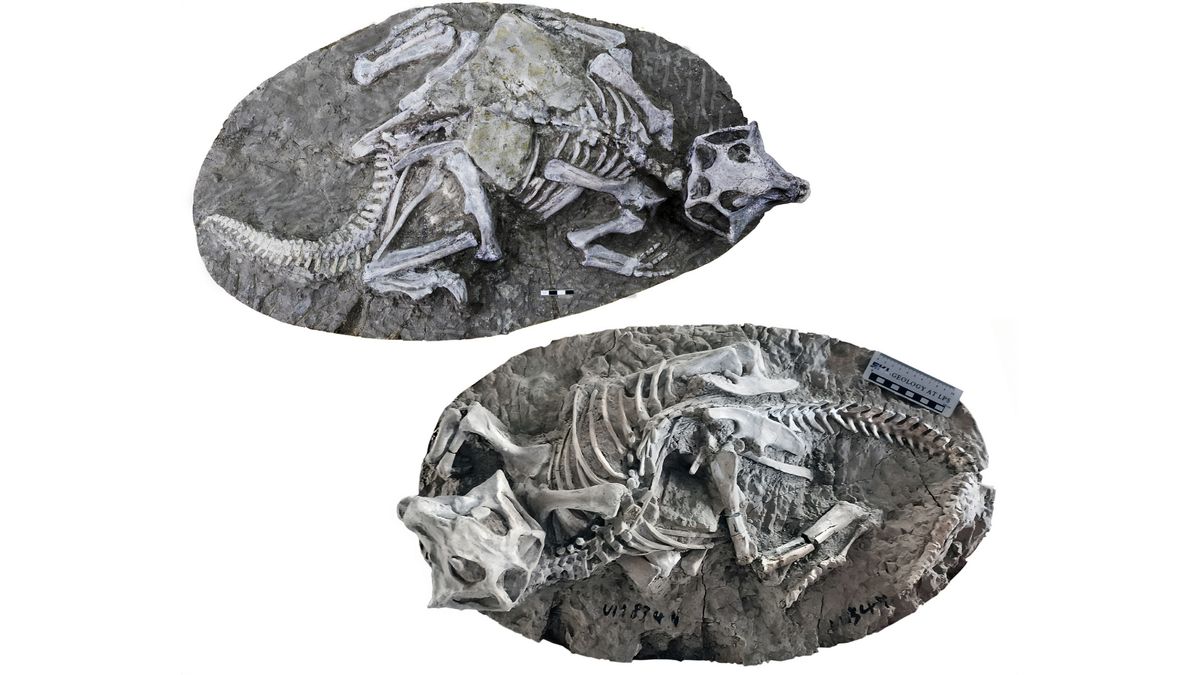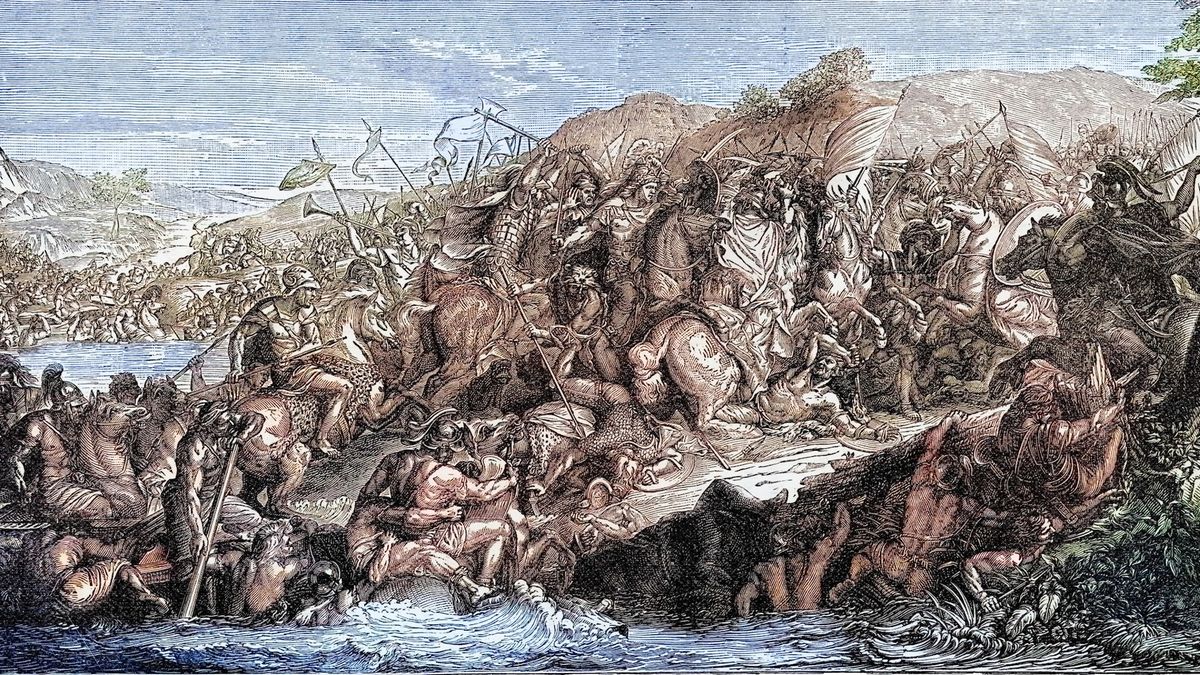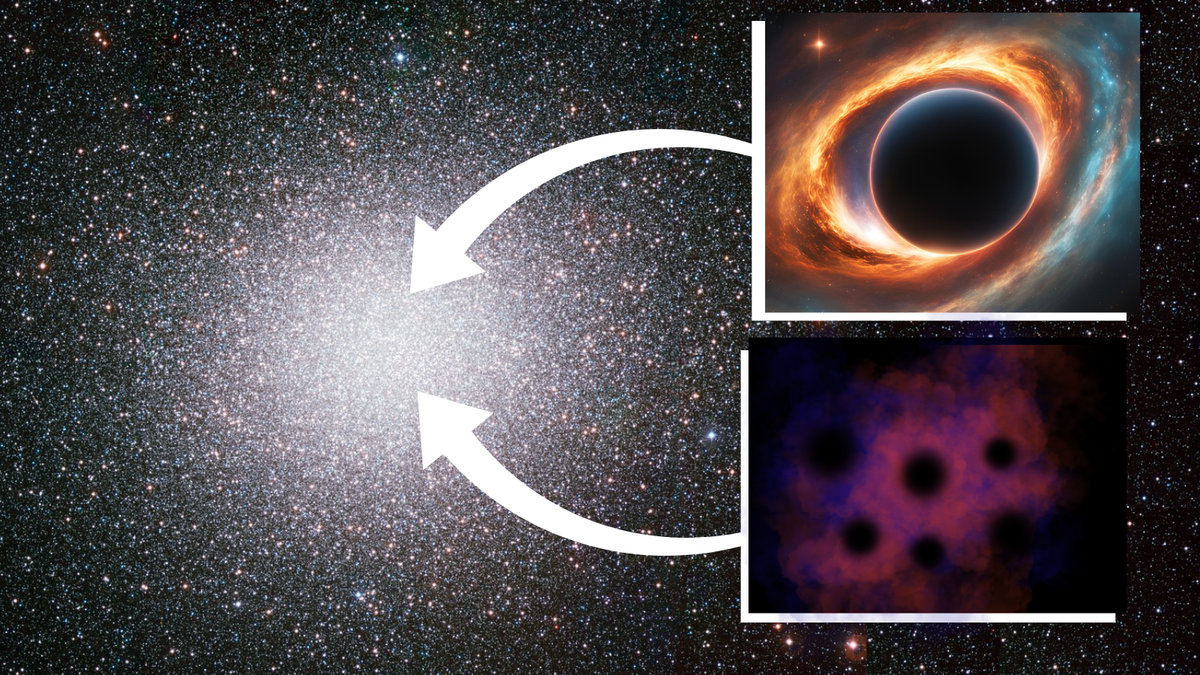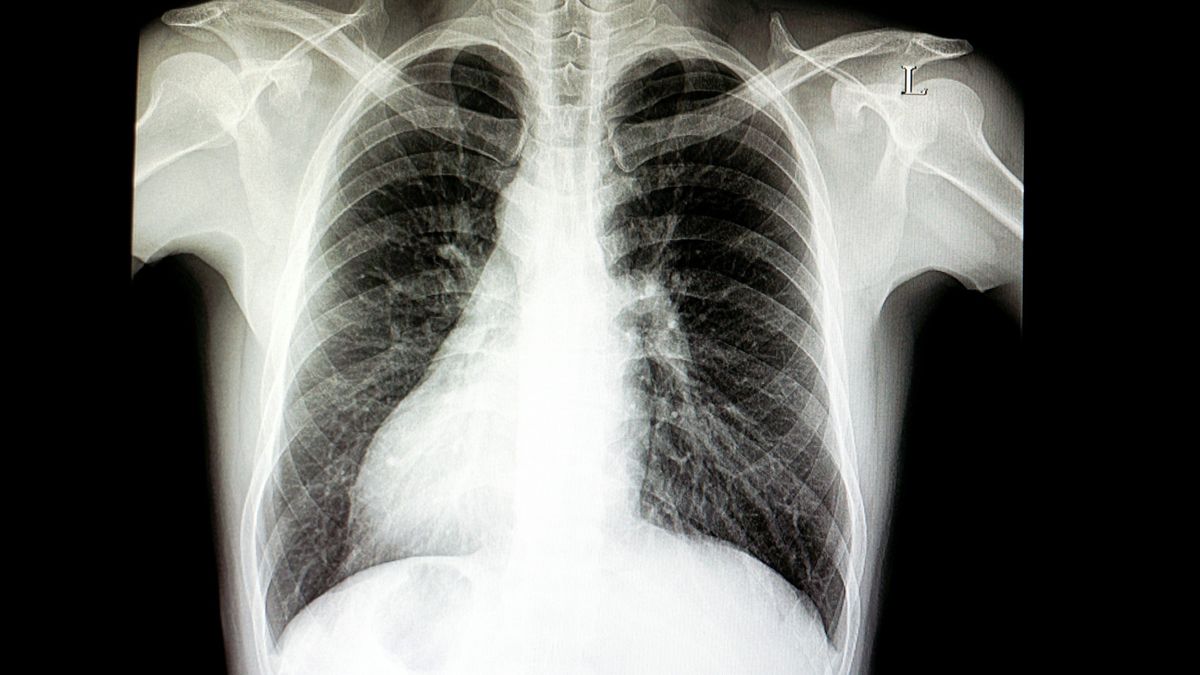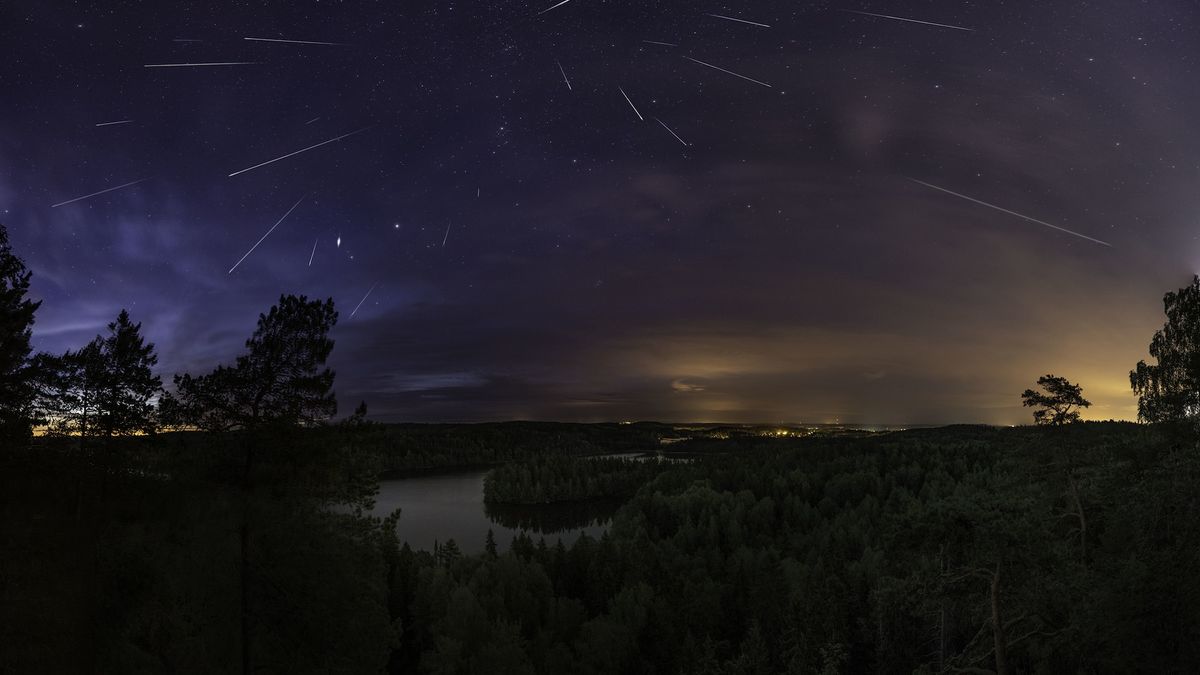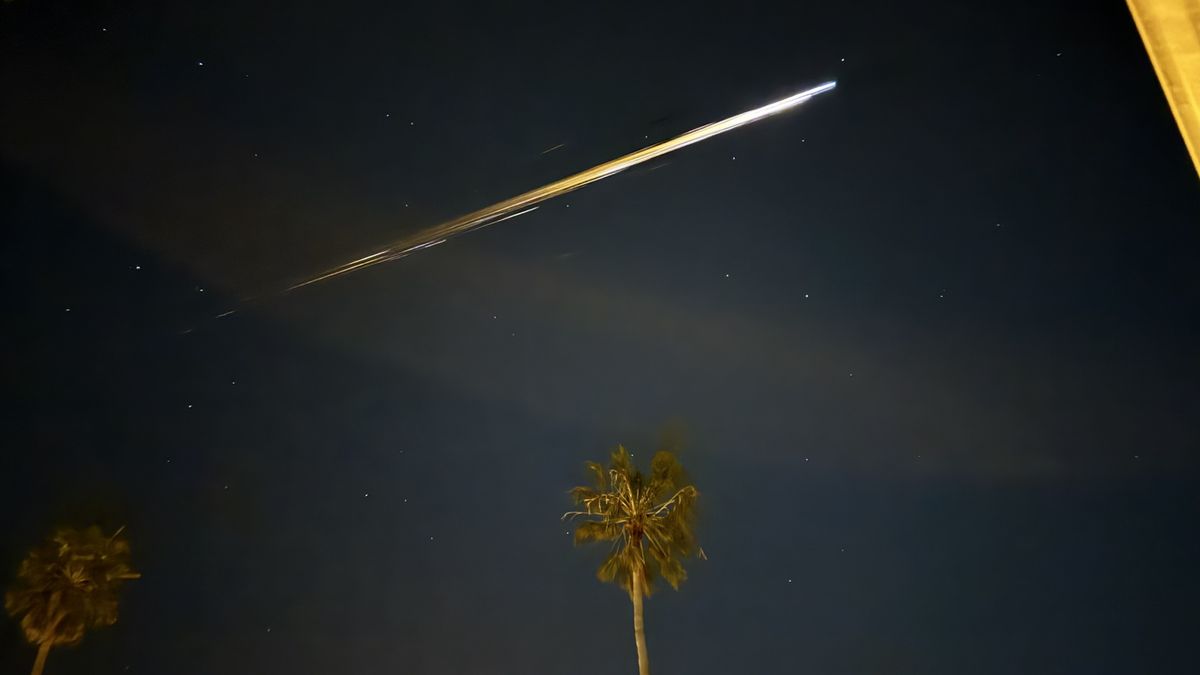For decades, the Yixian Formation was known as the “Pompeii” of the dinosaur world. Anan early Cretaceous formation in northeast China, it holds some of the best preserved fossils on Earth and is a treasure trove for paleontologists that provides a snapshot into life 130 million to 120 million years ago.
Researchers believed that the formation’s fossils were preserved by the ash deposited from volcanic eruptions, similar to how Mount Vesuvius covered the city of Pompeii in 19 feet (6 meters) of ash in 79 AD.
But now, a new study suggests a surprising twist: these ancient creatures may have been buried in collapsed burrows, rather than being entombed by volcanic eruptions.
The Yixian Formation is a fossil gold-mine of well-preserved and rare specimens. Past excavations have revealed animals complete with internal organs, feathers, scales, fur and stomach contents. A discovery in 2023 even revealed an early mammal, the size of a cat, locked in mortal combat with a small dinosaur.
The fossils are found in two forms: flattened specimens found in lake sediments and three-dimensional, lifelike skeletons. The latter were initially thought to be the result of catastrophic volcanic events that buried them in volcanic debris, freezing them in time.
Related: Final moments of dinosaur and mammal’s epic ‘mortal combat’ battle preserved by volcanic eruption
But according to the new study, published Nov. 4 in the journal PNAS, many of these fossils were likely preserved by a less dramatic cause.
To search for clues on how the fossils were preserved, scientists analyzed zircon samples taken from them. Zircon is a mineral that often forms in volcanic rocks and fossils, trapping uranium when it forms while excluding lead. Uranium is radioactive and slowly decays into lead over millions of years.
By measuring the ratio of uranium to lead in zircon, the scientists determined that the fossils in the Yixian Formation were deposited rapidly around 125.8 million years ago, within a period of just 93,000 years — much shorter than previously thought.
During this time, three periods of wet weather caused sediments to build up in lakes and on land far more rapidly than expected. Many of the deceased creatures were quickly buried, and oxygen that normally fuels decomposition was sealed out.
The effect was most pronounced in lakes, where sediments accumulated so rapidly that soft tissues could be preserved in fine detail.
The study’s findings challenge the long-standing theory that volcanic activity was responsible for preserving the fossils. Some researchers previously suggested that these creatures were encased by lahars — fast-moving, concrete-like mud flows from volcanic eruptions. But according to Paul Olsen, a paleontologist at Columbia Climate School’s Lamont-Doherty Earth Observatory and lead author of the new study, lahars are extremely violent and would likely rip apart any living or dead creature in their path, making this explanation unlikely.
Another popular theory was that fast-moving waves of searing ash and gas, known as pyroclastic flows, buried the fossils, similar to how Mount Vesuvius entombed the residents of Pompeii. These flows famously struck down Pompeii’s residents, then blanketed their bodies in layers of ash, preserving them in place. The intense heat caused victims to adopt “pugilistic” postures, their limbs drawn tightly inwards as their muscles contracted and bodily fluids boiled.
While there are layers of volcanic ash, lava, and intrusions of magma within the Yixian Formation, the scientists argue that the fossils lack the distinctive signs of a Pompeii-style death. If the Yixian animals had been buried by pyroclastic flows, their feathers, fur, and other tissues would likely have been incinerated.
Instead of pugilistic postures, many of the Yixian animals were found with limbs tucked comfortably around their bodies, as if they were sleeping when they died. The researchers propose the cause of death to be sudden burrow collapses, potentially by large dinosaurs stomping on the ground above that had become unstable from the wet weather.
“These are probably the most important dinosaur discoveries of the last 120 years,” Olsen said in a statement. “But what was said about their method of preservation highlights an important human bias. That is, to ascribe extraordinary causes, i.e. miracles, to ordinary events when we don’t understand their origins. These [fossils] are just a snapshot of everyday deaths in normal conditions over a relatively brief time.”





